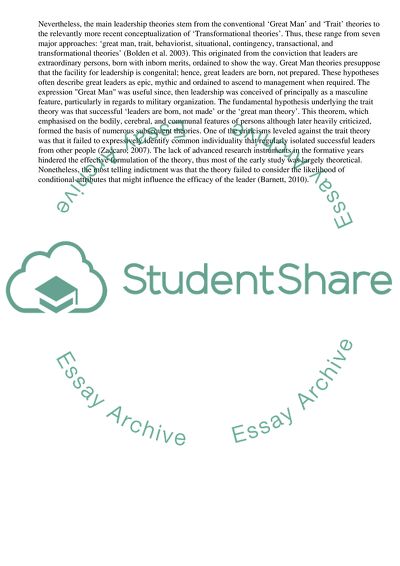Cite this document
(Leadership in a Cross-Cultural Context Coursework, n.d.)
Leadership in a Cross-Cultural Context Coursework. Retrieved from https://studentshare.org/management/1746115-part-one-critically-analyse-six-of-the-main-theories-that-attempt-to-help-us-to-understand-leaders-and-leadership-part-two-critically-evaluate-the-evidence-that-leadership-practices-influence-the-behaviour-of-individual-staff-and-teams-in-a-way-th
Leadership in a Cross-Cultural Context Coursework. Retrieved from https://studentshare.org/management/1746115-part-one-critically-analyse-six-of-the-main-theories-that-attempt-to-help-us-to-understand-leaders-and-leadership-part-two-critically-evaluate-the-evidence-that-leadership-practices-influence-the-behaviour-of-individual-staff-and-teams-in-a-way-th
(Leadership in a Cross-Cultural Context Coursework)
Leadership in a Cross-Cultural Context Coursework. https://studentshare.org/management/1746115-part-one-critically-analyse-six-of-the-main-theories-that-attempt-to-help-us-to-understand-leaders-and-leadership-part-two-critically-evaluate-the-evidence-that-leadership-practices-influence-the-behaviour-of-individual-staff-and-teams-in-a-way-th.
Leadership in a Cross-Cultural Context Coursework. https://studentshare.org/management/1746115-part-one-critically-analyse-six-of-the-main-theories-that-attempt-to-help-us-to-understand-leaders-and-leadership-part-two-critically-evaluate-the-evidence-that-leadership-practices-influence-the-behaviour-of-individual-staff-and-teams-in-a-way-th.
“Leadership in a Cross-Cultural Context Coursework”, n.d. https://studentshare.org/management/1746115-part-one-critically-analyse-six-of-the-main-theories-that-attempt-to-help-us-to-understand-leaders-and-leadership-part-two-critically-evaluate-the-evidence-that-leadership-practices-influence-the-behaviour-of-individual-staff-and-teams-in-a-way-th.


